|
The Emerging Market for Ancient
Antiquities in the U.S.
by Bob Brooke
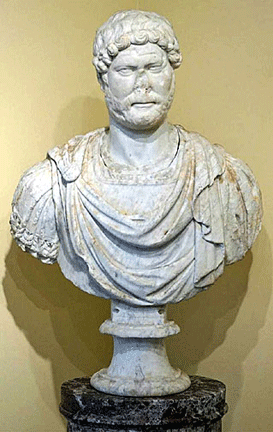 While
selling ancient objects, collectively known as antiquities, is a common
practice in England and some countries in Europe where history goes back
a much longer way than in America, it’s somewhat new here. This is due
partly because of strict regulations governing the import and sale of
ancient items. But through the magic of the Internet, sales like this
can now offer antiquities to a global market. While
selling ancient objects, collectively known as antiquities, is a common
practice in England and some countries in Europe where history goes back
a much longer way than in America, it’s somewhat new here. This is due
partly because of strict regulations governing the import and sale of
ancient items. But through the magic of the Internet, sales like this
can now offer antiquities to a global market.
What exactly is the antiquities market?
The antiquities market concentrates on artifacts, including both objects
created as art in antiquity, such as ancient Egyptian, Roman, and Greek
sculptures, and objects originally created for ritual or religious
purposes.
A market for these objects has existed since ancient times. Early
collectors focused primarily on artwork from Greece and Rome until the
19th century. But increased access to other areas of the world, the
changing tastes of private collectors, and expanding role of museums led
to interest in obtaining antiquities from other cultures. Recently,
concerns have arisen about the looting of archaeological sites to obtain
antiquities that then appear in the legal market with forged paperwork.
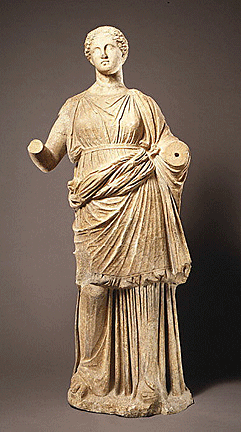 The
modern antiquities market emerged in 16th-century Rome, when the demand The
modern antiquities market emerged in 16th-century Rome, when the demand
of papal and princely collectors caused its ancient ruins to be mined
for marble statues.
In the centuries that followed, the range of the market expanded until
by the end of the 20th century artifacts from most cultures of the world
were being traded
By that time, most countries also enacted legislation aimed at
protecting archaeological heritage and preventing the loss abroad of
cultural artifacts. The result was the creation of an antiquities black
market. For most of the 20th century, experts viewed the antiquities
market as a mercenary and destructive force, but not one that was of
direct archaeological relevance. Therefore, archaeologists did little to
combat it. After the Second World War, the demand for artifacts began to
cause the widespread and large-scale looting of archaeological sites.
In 1970, UNESCO adopted the Convention on the Means of Prohibiting and
Preventing the Illicit Import, Export, and Transfer of Cultural
Property, which it hoped to control the market by placing restraints on
trade and providing mechanisms for the return of stolen and illegally
traded pieces. By the beginning of the 1990s the situation had gotten
out of control.
A Special Kind of Auction House
Ancient Resource Auctions, an online-only auction house specializing in
ancient antiquities, has held a series of auctions since 2009 that have
included lots of authentic, well-provenanced ancient Egyptian, Greek,
Roman, Near Eastern, Islamic, Byzantine and Pre-Columbian antiquities
and ethnographic items. They sell only well-provenanced objects from
ancient to medieval civilizations.
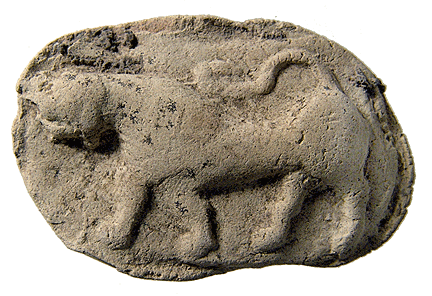 While
the variety offered by the auction company has been very good, the
results of some 78 auctions hasn’t been stellar. In fact, the early
auctions hardly sold anything. This speaks to the level of interest that
antiquities garner in America. Even so, the items that did sell were
impressive. As with anything this unique, it will take time. While
the variety offered by the auction company has been very good, the
results of some 78 auctions hasn’t been stellar. In fact, the early
auctions hardly sold anything. This speaks to the level of interest that
antiquities garner in America. Even so, the items that did sell were
impressive. As with anything this unique, it will take time.
Looting of artifacts has always been a sign of military might or
economic power. Over thousands of years, conquering generals took
trophies to adorn their cities. In the 19th and early 20th centuries,
wealthy aristocrats made “grand tours” of classical sites and
acquired—through whatever means—everything from vases to statues to
entire temple friezes to show off at home. Owning a piece of antiquity
was seen as demonstrating wealth, a love of ancient culture and,
ultimately having things that nobody else could had.
Why Has the Antiquities Market Been Slow
to Grow in the U.S.?
The main reason for the low interest in antiquities in the U.S. has to
do with its history. While advanced pre-Columbian cultures flourished in
Central and South America, nothing like that except perhaps for the
Anastasi in the American Southwest comes even close. And while Native
American cultures flourished all over the North American continent, much
of their ancient history went unrecorded.
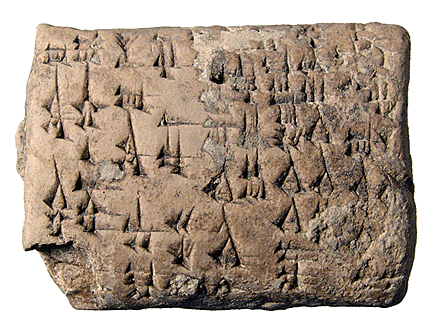 Another
reason that antiquities haven’t sold well in the U.S. is that many
collectors viewed them as way above their budget level. Granted the
finest pieces do sell for four and five figures, but there are many
available in the three-figure range. Another
reason that antiquities haven’t sold well in the U.S. is that many
collectors viewed them as way above their budget level. Granted the
finest pieces do sell for four and five figures, but there are many
available in the three-figure range.
What makes Ancient Resource Auctions unusual in this antiques category
is that its lots include a wide range of objects selling for a wide
range of prices. It’s possible to buy an ancient artifact for as little
as $100 or as much as $25,000. This enables collectors of different
levels and financial standing to bid on interesting items to add to
their collections.
At one time only the wealthy could afford to collect antiquities. But
now even collectors of modest means can afford to collect small ancient
objects like amulets, scarabs, and small statues.
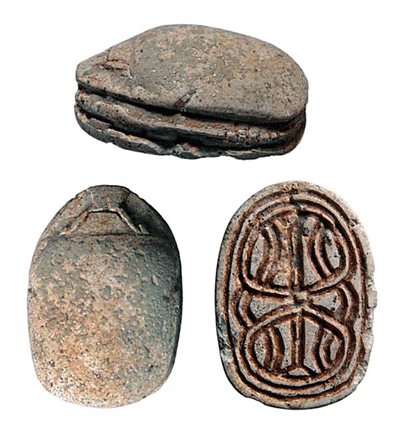 Over
the years, Ancient Resource Auctions has offered a wide variety of
ancient objects. Over
the years, Ancient Resource Auctions has offered a wide variety of
ancient objects.
On the low end of the scale, it offered and sold for $100 an Egyptian
steatite scarab, from the 2nd Intermediate period, from around 1750-1570
BCE. The head was trapezoidal with grooved legs, on a base with an
attractive corded pattern.
A Greek terracotta askos, c. 4th - 3rd Century BC, with large
mouth in front and a pouring spout in back. H: 5 1/5 in (13.2cm).
Encrustation and mineral deposits inside and out. $150
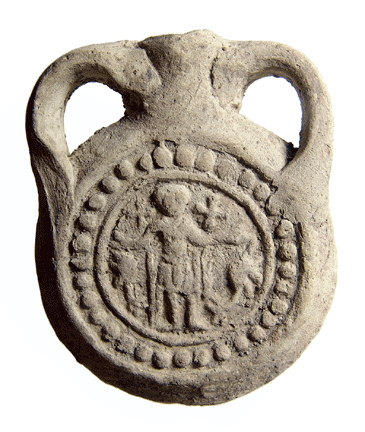 One
of the more unique objects was a Coptic terracotta souvenir pilgrim's
flask for Saint Menas, from Egypt, dating to AD 480-650. It depicts
Saint Menas on one side, flanked by camels, his arms outstretched in
blessing. Above each arm is a quincunx, representing a cross; all within
a beaded circular border. These small flasks were produced at the
pilgrimage center of Abu Mena, south-west of Alexandria, to sell to the
devout as a souvenir of a visit. Historians believe they contained holy
water or oil from the shrine. It sold for $350. One
of the more unique objects was a Coptic terracotta souvenir pilgrim's
flask for Saint Menas, from Egypt, dating to AD 480-650. It depicts
Saint Menas on one side, flanked by camels, his arms outstretched in
blessing. Above each arm is a quincunx, representing a cross; all within
a beaded circular border. These small flasks were produced at the
pilgrimage center of Abu Mena, south-west of Alexandria, to sell to the
devout as a souvenir of a visit. Historians believe they contained holy
water or oil from the shrine. It sold for $350.
A large Chinesco solid standing figure, made in Mexico around 100
BCE-250 AD, stands over 9 inches tall. Shown wearing a large elaborate
feathered headdress and white slipped pants, it sold for $350.
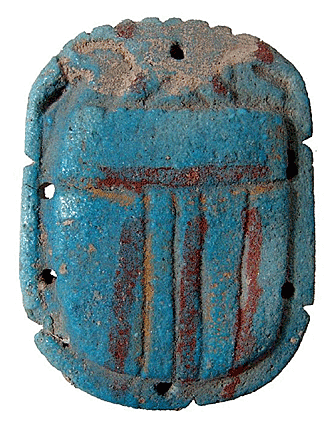 A
large Egyptian faience pectoral scarab of the Ptolemaic Period, from
332-30 BCE, with striated wing case accented by the addition of a red
line, contrasting with the nice light blue color, as well as holes
around the periphery for attachment of wings and for adhering the scarab
to the dressings of a mummy, sold for $375. A
large Egyptian faience pectoral scarab of the Ptolemaic Period, from
332-30 BCE, with striated wing case accented by the addition of a red
line, contrasting with the nice light blue color, as well as holes
around the periphery for attachment of wings and for adhering the scarab
to the dressings of a mummy, sold for $375.
A fantastic 21 karat yellow gold scarab bracelet, handsomely constructed
with seven Egyptian steatite scarabs of similar size and shape, all but
one from the New Kingdom (1570-1075 BCE), including a sphinx, a
crocodile and a lion, sold for $500.
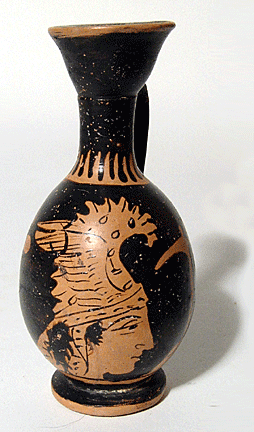 A
Campanian red-figure lekythos, depicting an Amazon in profile
from southern Italy, dating to the 4th century BCE, facing right,
wearing a high dragonate helmet and holding an axe in front of her, sold
for $950. A
Campanian red-figure lekythos, depicting an Amazon in profile
from southern Italy, dating to the 4th century BCE, facing right,
wearing a high dragonate helmet and holding an axe in front of her, sold
for $950.
An Old Babylonian terracotta plaque depicting a lion, from 2000-1600
BCE, walking to left in fine style with tail curled over its back, sold
for $1,250.
An exceedingly rare Taino wooden zemi, a sculptural object said to house
a spirit, from around 1000-1500 AD, fashioned from lignum vitae, a
member of the creosote tree family and thus resistant to decay and
insects. This may be the only wooden zemi known. The gaping mouth
suggests a tribute to Yucahu, the primary god of growing and fertility.
It sold for.$1,300.
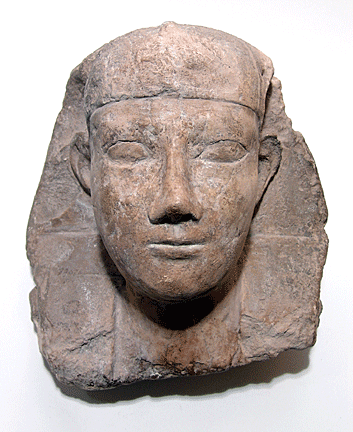 A
wonderful Etruscan female votive head on a wooden base from the 4th
century BCE, sold for $6,000. The head boasts extremely well-defined and
stylish features. She’s wearing earrings and her hair is styled back in
waves below a diadem and rolled at the nape of the neck. It’s a superior
example of the Etruscan’s mastery of the arts. A
wonderful Etruscan female votive head on a wooden base from the 4th
century BCE, sold for $6,000. The head boasts extremely well-defined and
stylish features. She’s wearing earrings and her hair is styled back in
waves below a diadem and rolled at the nape of the neck. It’s a superior
example of the Etruscan’s mastery of the arts.
.
One of the most expensive items offered by the auction house was an
Egyptian limestone head from a sphinx, from the Ptolemaic Period, dating
from 332-30 BCE, depicting a pharaoh wearing a nemes head cloth with
lappets and uraeus. The features are handsomely carved. It sold for
$8,000.
Besides items from well-known ancient cultures, Ancient Resource
Auctions has consistently included objects from mostly the Aztec and
Mayan civilizations. The variety of objects offered in all of its 78
auctions to date is truly astounding.
Visit
AncientResourceAuctions.com.
<
Back to Antiques Extra! Archives
Next Editorial > |
